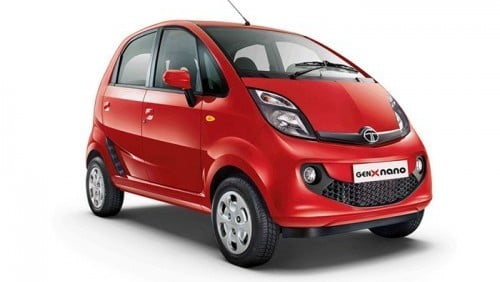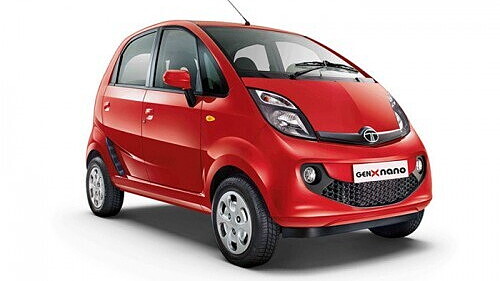

Recently ousted Chairman of Tata Motors, Cyrus Mistry in his letter to Tata Sons and Tata Trust board members states that only emotional reasons kept the Nano project alive. Reports indicate that the project was facing a cost overrun and losing money which peaked to about Rs 1,000 crore.
The letter also states that, “Another challenge in shutting it down was that it would stop the supply of the Nano gliders to an entity that makes electric cars and in which Ratan Tata has a stake.” Indicating that all is not all is well between Cyrus and Tata, the letter further goes on to state that,“as there was no line of sight to profitability for the Nano, any turnaround strategy for the company requires to shut it down.”
Back in January 2008, Ratan Tata’s dream project Nano came alive when it was launched at a ‘promised’ price tag of Rs 1 lakh, thereby earning a title of being the cheapest car in the world. However, the entry-level car faced setbacks one after another. Tata Motors had to shift the manufacturing plant of the car from its original site at Singur in West Bengal to Sanand in Gujarat. Later, though the company managed to roll out the car from a new location but instances of the car catching fire raised concerns over the safety issue.
Tata Motors launched the NanoGenX in 2015 which continues to be powered by a 624cc, two-cylinder MPFI petrol engine, which generates 38bhp and 51Nm of peak torque. The affordable hatchback is available in a four-speed manual transmission, while the five-speed AMT (automated manual transmission) gearbox is offered on top-spec variants. Post the issue surrounding the loss-making Nano project, it is to be seen if the company will actually consider any further Nano variants or introduce a whole new model all together which will be positioned one level above.




